Due mainly to the simple beauty and the “good luck that it brings, the Money Tree is one of the most popular garden plants. A money tree plant brings a little more life and greenery to your area. In addition to having a striking appearance, they are also rather simple to maintain.
RELATED: 18 Easy Common Houseplants You Must Have In You Home
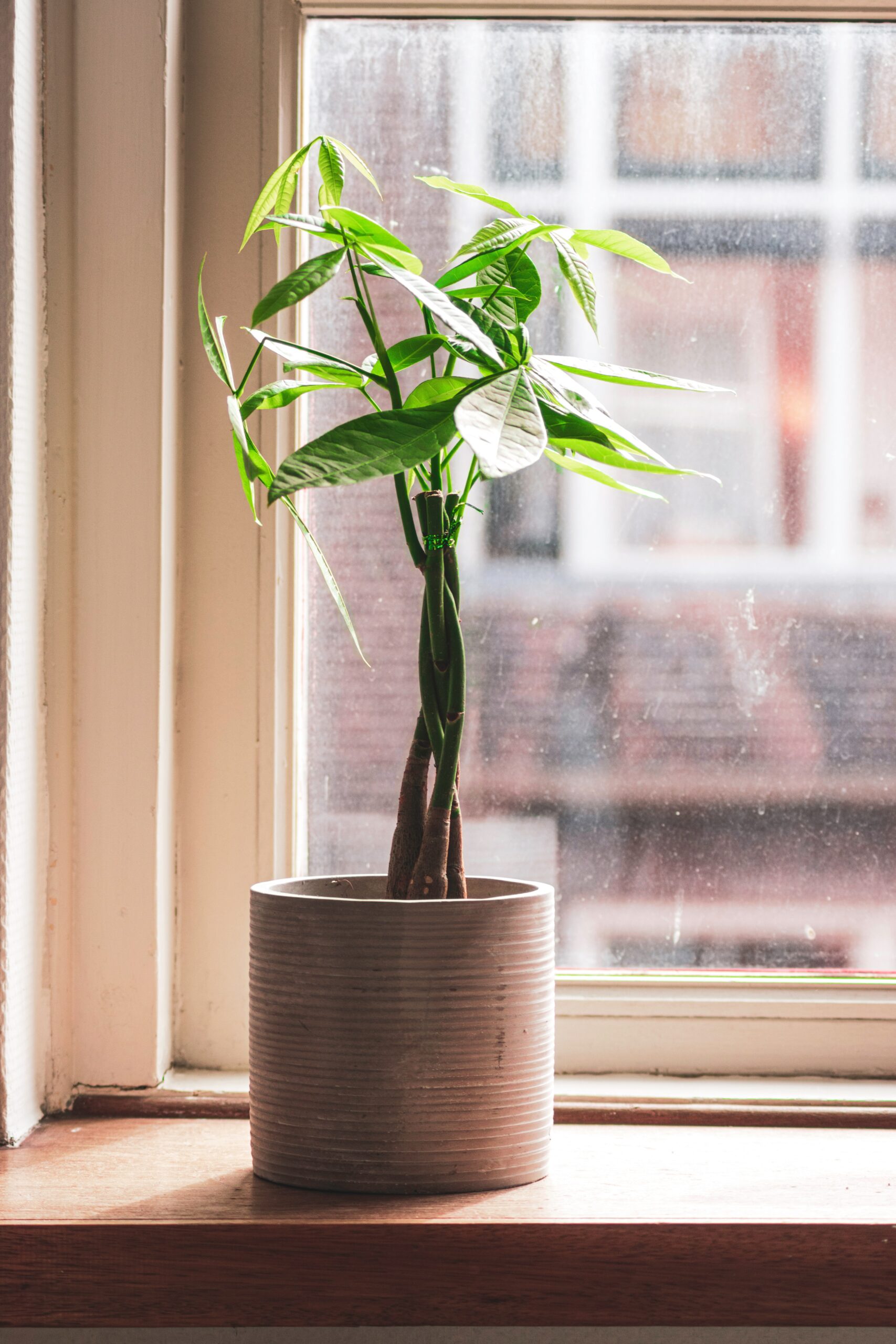
However, no matter how unique a plant is, issues can still kill it. Your once-healthy and bouncy citronella plant can start to look limp, sickly, and in danger of passing away.
A dying money tree typically has root rot as a result of excessive watering or bad drainage, which makes the leaves droop, turn yellow, and fall off. The money tree’s leaves become brown and take on a withering, dying appearance when the soil is too dry and low in humidity. To fix this, you must maintain a proper watering schedule, temperature, and high humidity level.
Do not fret because we will show you how to restore your dying Money Tree to health in this article. We will also provide you with further background information, including what might be the cause, the reason it is dying, and future maintenance procedures.
Here is where your quest for plant redemption begins!
Getting To Know Money Tree
A lovely, low-maintenance houseplant, the money tree, also known as the Guiana chestnut, is a kind of tree that is native to Central and South America. The money tree, which gained popularity as a houseplant in Taiwan in the 1980s, is well-known among feng shui practitioners and is thought to generate good “chi,” or energy, in the house. For this reason alone, it is a standard in both households and workplaces.
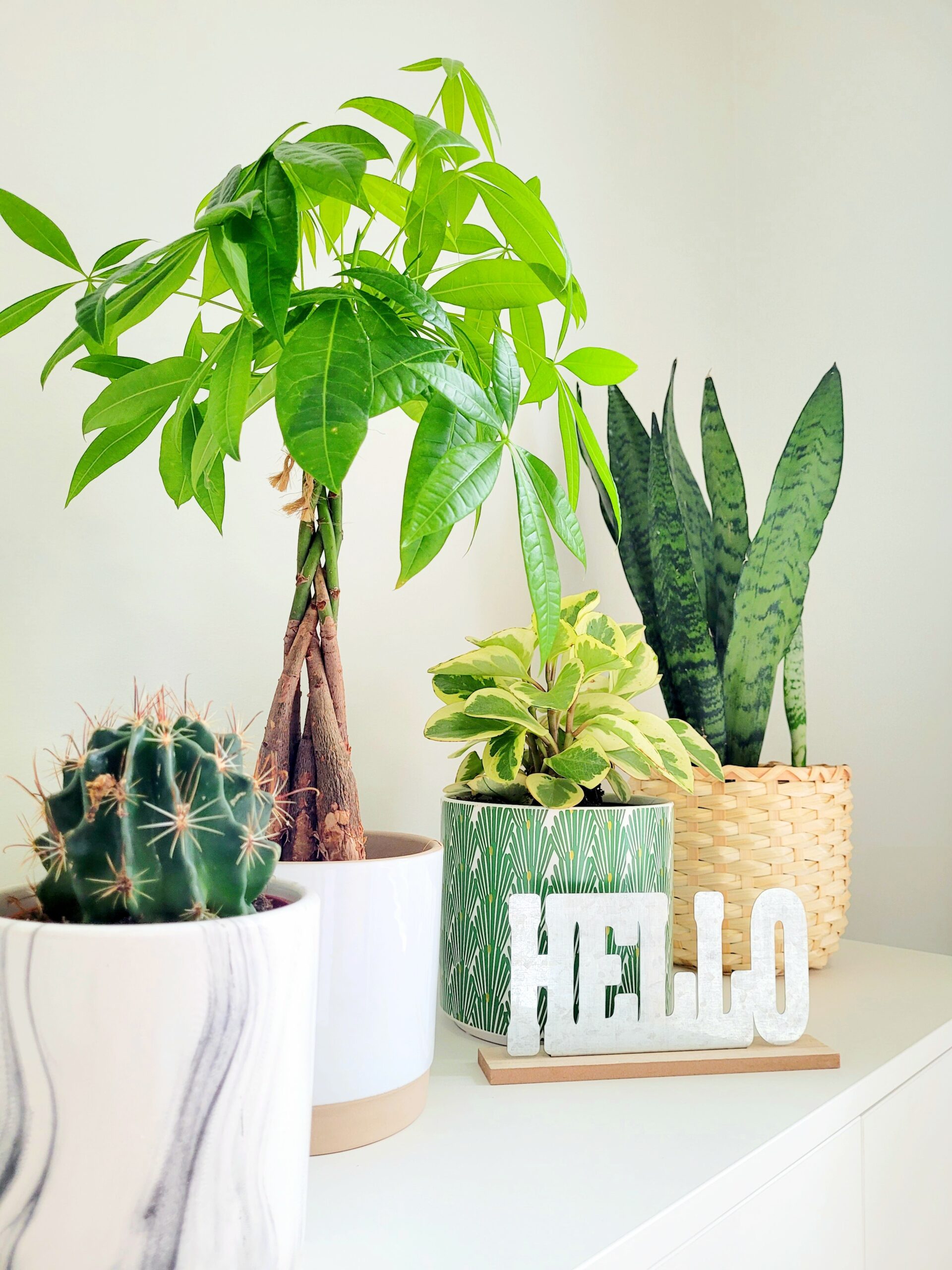
The most typical form of money trees for sale are small plants with a braided trunk made up of three, five, or seven stems. When the trees are young, nurseries braid them and sell them as braided money trees. Although they are rarely started from seed at home, you should start the tree from seed in the spring if you intend to put it outdoors.
The trees will quickly increase in height, frequently by up to 24 inches each year, whether they are indoors or out.
How To Know If Your Money Tree Is Dying?
There are a number of signs that can let you know whether your Money Tree plant is on its last legs. Therefore, you should take this as a warning if your plant exhibits any of these symptoms.
The top three signs are as follows:
- The leaves on your money plant are brown.
- The leaves on your money plant are yellowing.
- There are patches or discolorations on your money plant.
- There is a foul smell in the soil.
How Do You Revive A Dying Money Tree?
We fear holding a dying plant in our hands because we love plants. However, here are some steps you may do to save a Money Tree if it is not doing well and is close to dying.
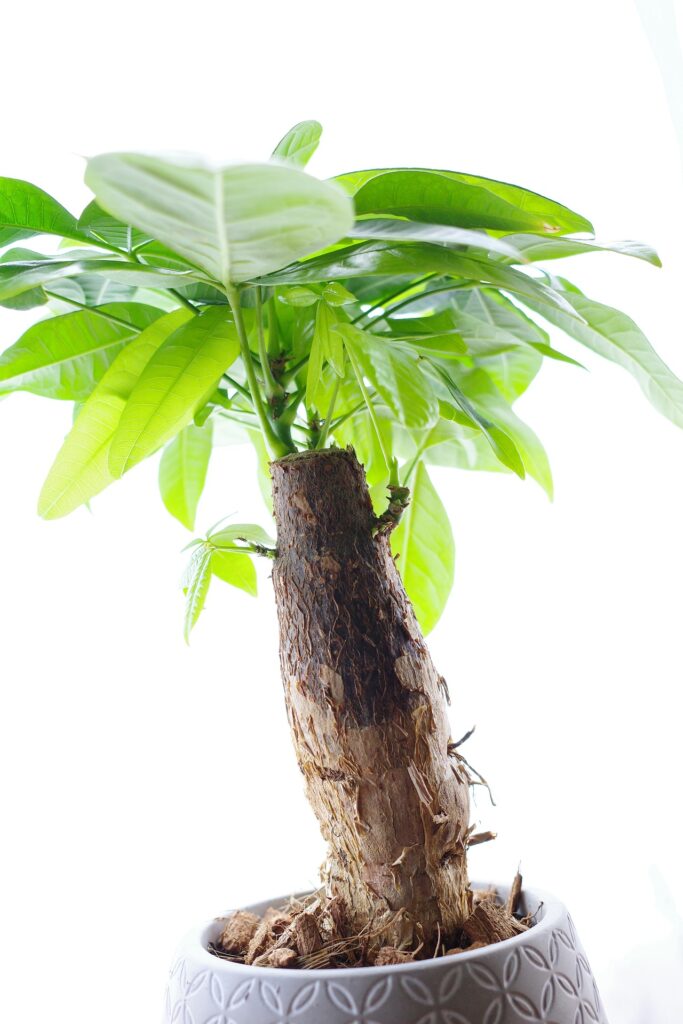
1. Check To See Whether There Are Any Living Parts Left In Your Plant.
Examine your Money Tree carefully since, regardless of how low or high it may be, there may still be a chance for it to be revived. First, verify if there are any living parts. Additionally, see if the roots are still white and swollen. These are solid signs that your Money Tree is still alive and well.
2. Check To See Whether You Are Overwatering Your Plant.
The main issue facing all plant owners is overwatering. Since we constantly believe that plants adore water, this is the most straightforward error to make. True, but definitely not to an extreme. A variety of issues that can kill plants can occur when they are overwatered.
RELATED: Alocasia Zebrina: The #1 Care, Propagation, and Watering Guide
Money Trees will have wilting, yellow or brown leaves if they are overwatered. This is because the roots are mushy brown, and the soil is very wet. You should modify the potting mix and your watering routine if you notice these to prevent root rot.
3. Check To See If You Watered Your Plants Correctly.
A plant that is very dehydrated is a dying plant. Since it allows plants to carry out their metabolic processes, water is vitally important to a plant’s survival. A plant cannot accomplish what it needs to do in order to basically survive if there is not enough water.
Brown, crispy leaves with brown tips would be present on a Money Tree that had been submerged. Additionally, the soil will appear cracked and start to slide away from the pot’s edges. If you notice these, give your plant a few hours of water-soaking. The plant will eventually regain its former stature.
From now on, always check the soil’s moisture level using your fingers or a moisture meter. You can forego watering for a few days if you can still observe wet soil. However, it is time to water your plant if it is already dry.
4. Get Rid Of All The Dead Foliage.
Remove all the brown and dead leaves from your Money Tree because they are no longer necessarily beneficial to it. Use a clean pair of scissors or pruning shears for any cutting task. You can also simply pinch off these leaves with your fingers if it’s possible.
Keep in mind to wash your hands and utensils after usage to remove any potential germs that may have contributed to the issue with your Money Tree. Throw the dead plants away in a tidy manner and wipe remaining healthy plants with rubbing alcohol or pesticides. This will stop these dangerous viruses or pests from spreading to the entire plant or your entire garden.
5. Prune Off The Stems.
Trim the dead stems until only the green, living stems are left, just like you did with the dead foliage. To start over completely, you could choose to use a different pot and soil mixture.
Expect changes to take weeks to become apparent, so do not hold out hope for immediate results. However, you can put your patience and dedication to your plant to the test at this point.
6. Examine The Lighting Situation.
Your plants may also perish if they are exposed to poor lighting conditions for an extended period of time. Like water, light is crucial for plants to produce their own energy. Your plants couldn’t photosynthesize and produce their own sustenance if there wasn’t enough light.
The optimal conditions for your citronella plant are one that is partially sheltered but yet allows sunlight to enter. However, it does not enjoy being in the sun for an extended amount of time. Examine your plant’s location and decide if you need to move it to a different area.
7. Check The Humidity Level.
It’s also harmful if the humidity is significantly below what your Money Tree prefers. The air is probably too dry if your plant is withering and has brown and withered foliage. On the other hand, moderate humidity levels are ideal for Money Tree plants.
Mist your plants frequently to increase humidity, especially during the heat. Additionally, grouping your plants will increase the amount of moisture in the air.
8. Make Sure That Your Money Tree Is Receiving Vital Nutrients.
If a plant has nutrient shortages, it cannot carry out its essential metabolic processes and, if left untreated, could become malnourished. A plant that is undernourished has flimsy stems or discolored leaves.
If your Money Tree exhibits these symptoms, feed it a fertilizer that is well-balanced to help it recover. During the spring and summer, do this twice each month; during the winter, cut back to once per month.
As the nutrients in the soil become depleted over time, repotting your plant with a new soil mixture can also assist you in providing the proper nutrients to your plants.
9. Look For Progress After A Month.
Be patient and wait for at least a month to notice results after providing your dying Money Tree with the necessary care to revive it. It takes time to bring a dying plant back to health. But, as they say, good things come to those who wait.
You can still use your dying plant if, for terrible reasons, it cannot be revived any more. The remainder of your garden plants can benefit from it as a natural fertilizer if you compost it.
Why Is My Money Tree Dying?
You must first pinpoint the problem’s root cause in order to remedy it. Nothing can be fixed if the problem’s root cause is not addressed. The problem will just keep coming up again and again.
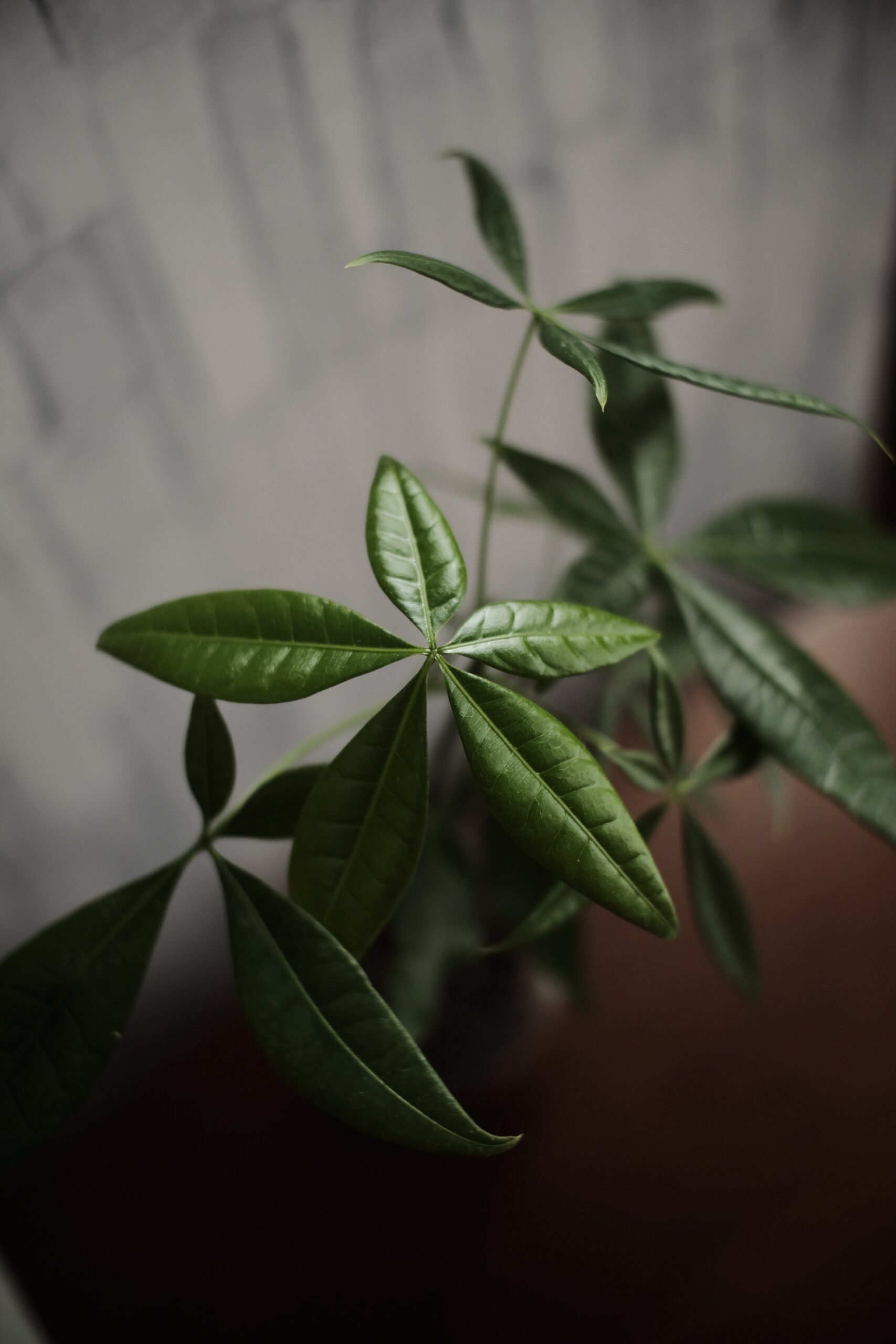
This is true when it comes to saving a dying Money Tree. Before you can begin taking the best steps to save it, you must first determine the problem. Keep in mind that various causes call for various remedies.
The following are the main causes of your Money Tree’s poor growth:
Too Much Water
Again, even though they require a lot of moisture, your Money Tree does not tolerate excessive amounts of water. Therefore, always be mindful when considering watering your plant because it is quite simple to overwater it.
Too Much Sunlight
For maximum growth, your Money Tree requires bright yet filtered light. It deteriorates if it is kept in intense shade or direct sunlight for an extended amount of time.
Low Soil Quality
The quality of the soil greatly influences your Money Tree’s demise. For example, bacterial and fungal infections could quickly spread in soil that does not drain and aerate well. Furthermore, nutrient-deficient soil can eventually cause your plants to develop more slowly and weaker.
How Do You Maintain Your Money Tree Healthy?
Eventually, you’ll have a lively, bouncy Money Tree with the right care and attention. Then, when your plant is thriving and flourishing, you are taking good care of it.
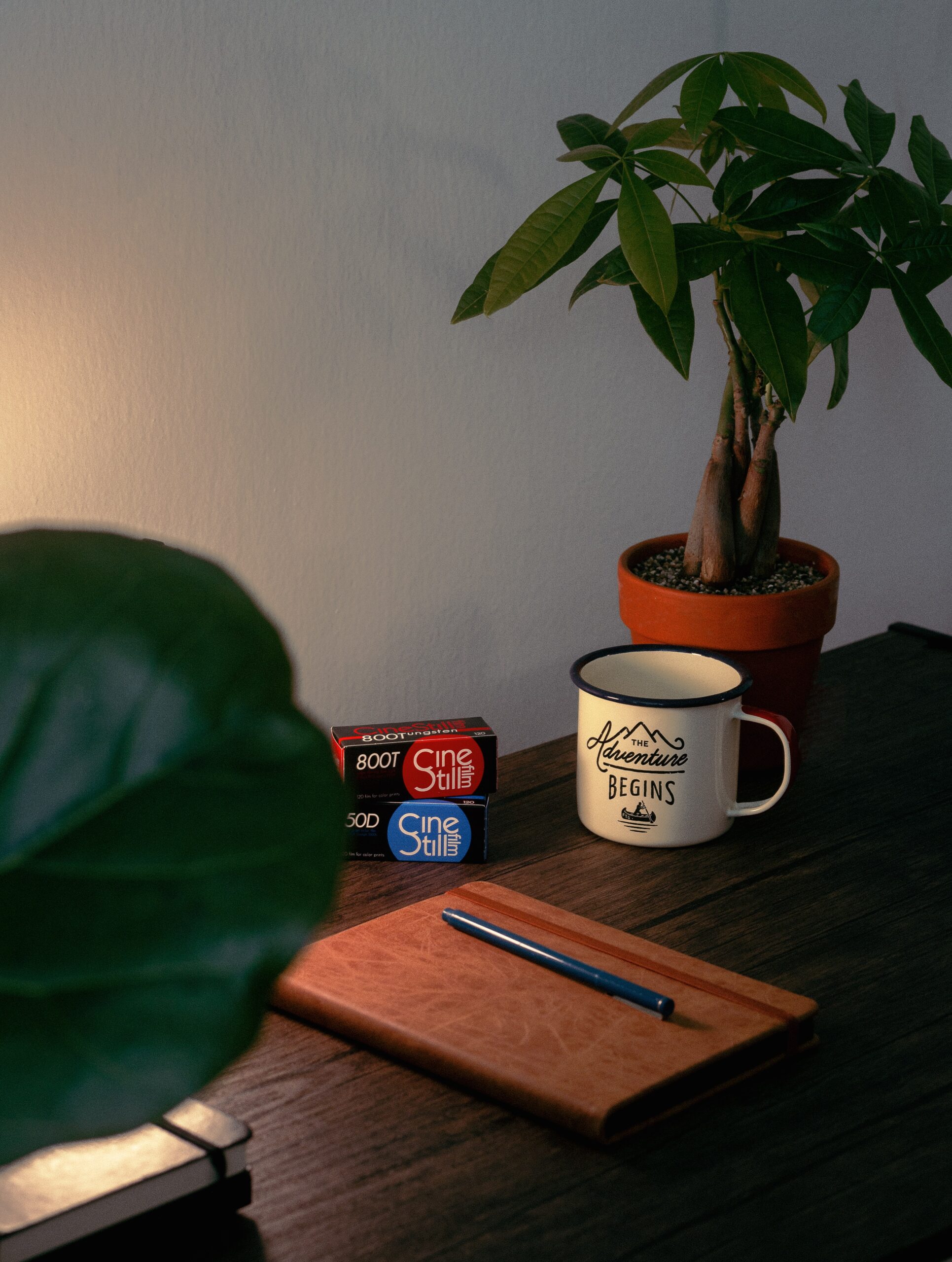
We provide the following instructions to help you grow a Money Tree that is robust, and bouncy:
- Give your plant six hours a day of bright, filtered light.
- It is preferable to keep your plant’s soil slightly arid and to only water when the top inch of soil feels dry.
- Use a pot with many drainage holes at all times.
- Keep the temperature between 15 and 21 °C.
- Plants should be pruned twice a month to prevent foliage cramping.
How To Revive A Money Tree After Transplant Shock?
Any plant, including money trees, can experience severe stress when moved from one pot to another since the roots must quickly adjust to a new environment.
Repotted money trees frequently exhibit the normal drought-related stress symptoms, including wilting leaves that might fall off and a plant that appears to be dying.
If a money tree is losing leaves, it means the leaves are shedding more moisture than the roots can absorb. So, as a survival tactic, the money tree loses leaves until its roots have established themselves and can more effectively extract water from the soil.
If the conditions are right, the money tree will develop new leaves once its roots have grown enough to be able to suck up the moisture it needs, and its immediate survival has been secured.
Here’s how you can revive your dying Money Tree due to transplant shock:
Maintain proper watering schedule
After transplanting a money tree, it’s critical to follow the proper watering schedule to prevent the soil from excessively dying and provide the roots with a lot of access to water as they acclimate.
To reduce any drought stress as the roots are developing, water as frequently as necessary to keep the potting soil of the money tree uniformly and continuously damp (but not soaked).
Increase Humidity
You can raise the humidity by sprinkling the money tree twice daily or using a humidifier. A humidifier is the best way to maintain the ideal humidity level surrounding your plant. Around a level of 30% humidity is best for your plant.
By establishing a humid microclimate around your plant, the transpiration rate or the loss of water should be largely reduced. This helps in relieving stress caused by drought. In addition, even if the foliage has already fallen, your money tree might still produce new leaves if the surrounding air is more humid.
Maintain Room Temperature
Keep the room at a comfortable temperature. Try to place your money tree plant away from drafts and air currents. The main hazard of a newly repotted money tree is drought stress, so keeping it cooler indoors and out of direct, harsh sunlight may lower the evaporation of water and save your Money Tree.
The leaves of your plant should brighten up. Expect new ones to develop in the coming weeks as the roots adjust, so long as you take good care of them by reproducing some of their preferred natural conditions.
Why Is My Money Tree Drooping or Wilting?
Too much direct sunlight or low humidity both cause money tree leaves to turn brown. Money trees can thrive in the shade of a dense forest with high humidity levels. The leaves of the money tree can burn brown and appear to be withering if it is in direct sunlight or if the indoor humidity is too low.
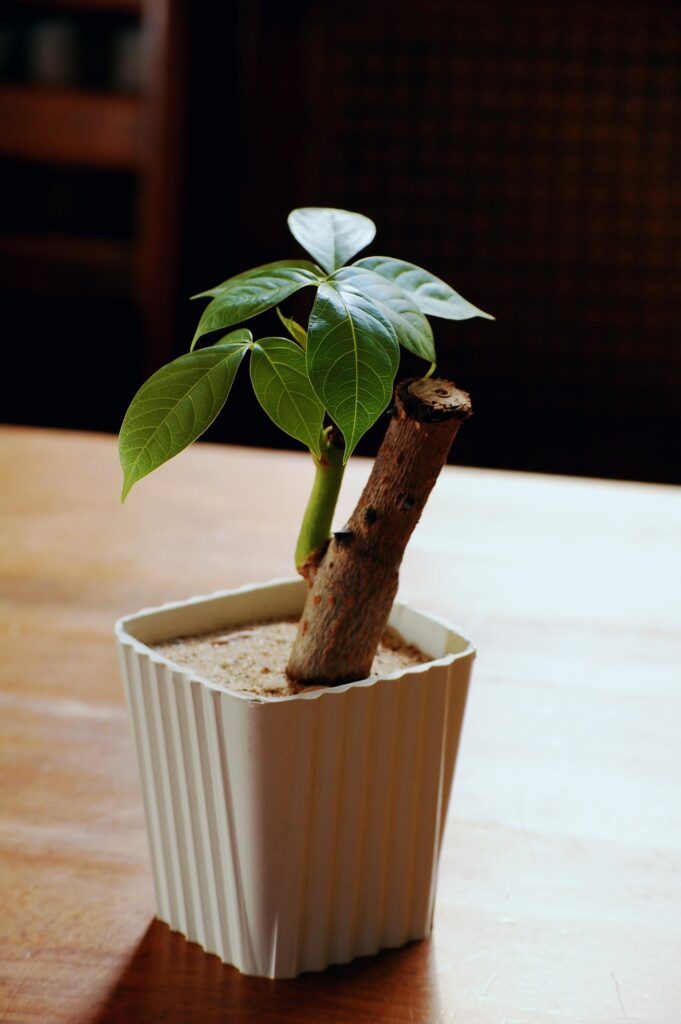
Money tree leaves are sensitive to the sun because they are shielded from direct sunlight in their natural habitat. The goal is to get the perfect combination of light in your home because money trees may thrive in shadow but prefer some bright, indirect light and turn scorching brown in full sun.
The money tree is used to higher levels of humidity as it develops in tropical areas of Central and South America. The standard indoor humidity in most homes is 10%, which is far lower than the typical outdoor humidity of the money tree.
Money trees are also adapted to a cycle of floods and droughts in their natural habitat, where severe rains or seasonal river flooding can temporarily immerse the roots completely. Despite this, the trees can also withstand periods of drought.
However, the money tree is still vulnerable to drought if:
- The soil dries up completely in between waterings of the money tree because it does not receive adequate moisture.
- It is irrigated insufficiently, resulting in damp soil on top and insufficient water penetration to reach the roots.
- The pot dries out too rapidly because it is too small. Because there is less dirt in a smaller pot, the money tree’s roots can’t hold as much moisture.
Why Are My Money Tree Leaves Turning Yellow?
Typically, too much moisture in the soil causes money tree leaves to become yellow. Money trees can withstand damp soil for extended periods of time, but if the soil is saturated, oxygen is blocked from the soil, which limits root respiration, which results in the yellowing and dropping off of the money tree’s leaves.
Native to Mexico and South America, money trees flourish in forests that occasionally undergo periodic flooding as well as dry spells.
Money trees need some time for the soil to dry out in between damp soil periods, even if they can tolerate periods of damp soil thanks to their environmental adaptations.
Yellow money tree leaves resulting from soggy soil can be caused by:
- excessive irrigation
- pots without base drainage holes
- the practice of placing trays or saucers under pots to prevent water from draining
Money trees are perfect indoor plants since they are adapted to growing beneath forest canopies where there is either indirect light or some filtered sun. The leaves of the money tree, however, may turn yellow if they are in deep shade because they are unable to produce enough energy in the dim light.
Can You Grow Money Tree Indoors?
Although they can reach heights of up to 60 feet in the wild, money trees can be cultivated indoors. They usually only reach heights of 6 to 8 feet. If you would like to preserve your money tree at a smaller size, it is also possible to train it as a bonsai.
Giving a money tree the proper quantity of light and water is essential for growing one inside. The good news is that money trees are hard to overwater, making them the perfect choice for those who frequently kill their plants by giving them too much care.
Money trees feature magnificent yellowish-white blossoms when grown outside, eventually replaced by huge seed pods with nuts resembling peanuts. The plant, however, does not flower when kept inside because pollination, which is generally done by bats in the wild, is necessary for the plant to flower.
Despite this, money trees may thrive indoors with the right care, while also boosting the positive energy in your house.
Final Thoughts
Not merely for its aesthetic qualities, but much more so for its simplicity and robustness, your Money Tree is a genuinely gorgeous plant. But keep in mind that, like most plants, it is susceptible to issues and can perish if not handled quickly away.
Here is a video you can watch to learn more about your dying money tree:
It’s crucial to regularly inspect your plants for any potential issues. It is usually preferable to treat a plant when the issue is still minor rather than waiting until it worsens. Even though they can’t communicate verbally, plants always let you know when they are happy or having a hard time. You simply understand how to observe them and pay attention to them.
We hope you learned something from this article, here are other articles that you can learn from:
How To Grow & Care For Your Monstera Plant? The Ultimate Guide
Philodendron Prince of Orange: The Best Care, Watering, and Propagation Guide
Calathea White Star: The #1 Care, Propagation, and Watering Guide







